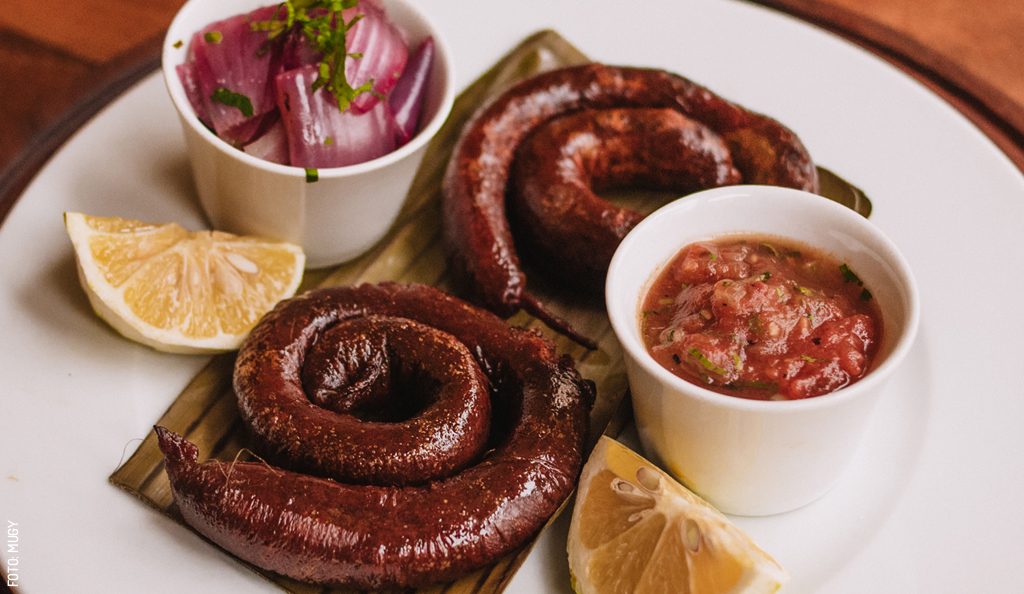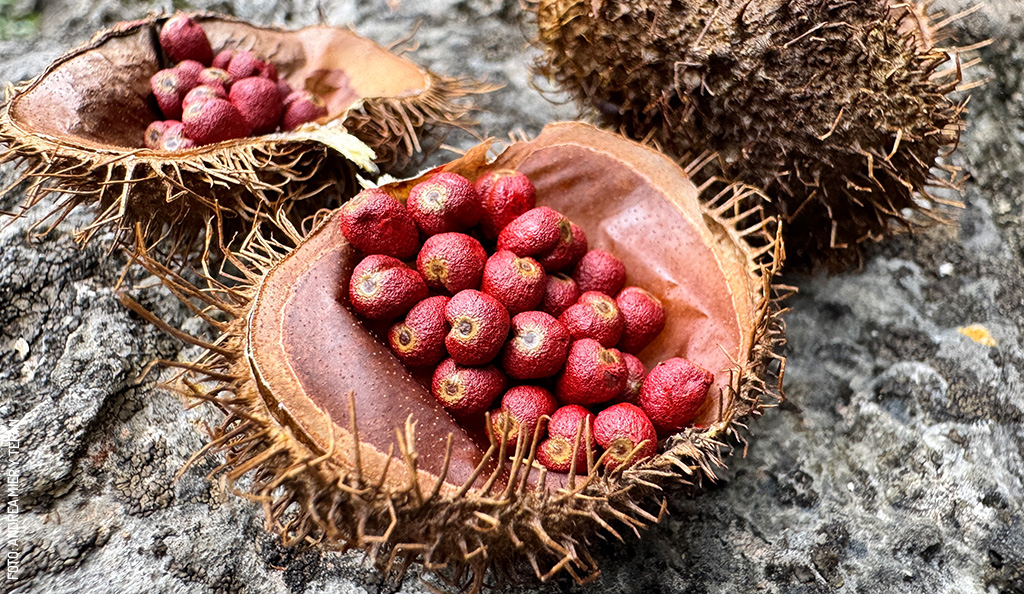
Achiote (Annatto), From the Tree to Your Table
The Cultural and Culinary Treasure that Colors Yucatecan Maya Cuisine Red
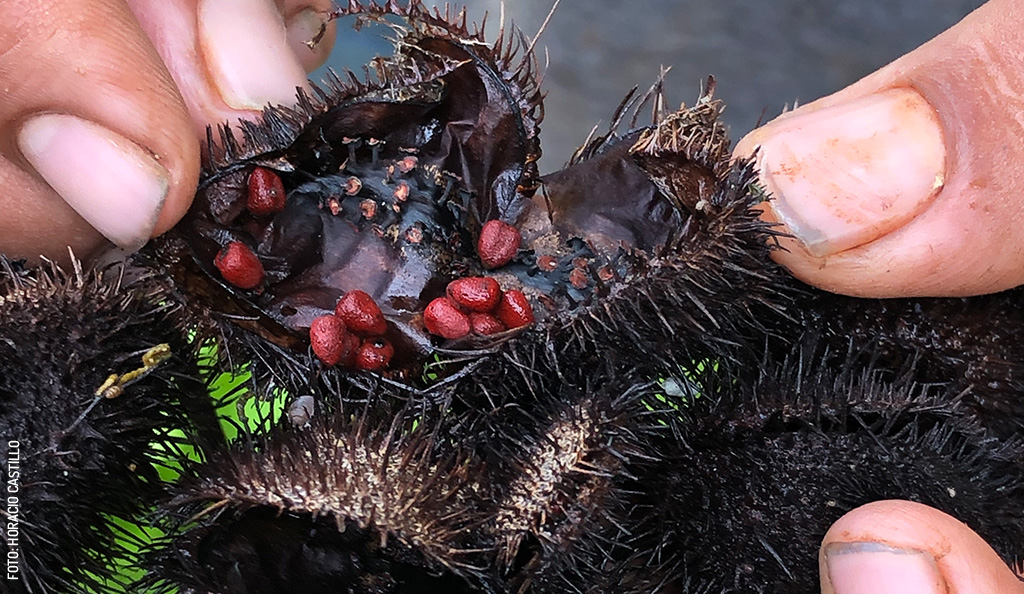
Achiote (Bixa orellana) is a plant native to the tropical regions of the Americas, cultivated from México down to South America. In the Maya language, it is known as k’uxub or kiwi’. Its fruit is an oval, spiny-shelled capsule that contains the small red seeds used to create recado rojo (the red seasoning or achiote paste), a versatile condiment that can be solid or liquid, essential for marinating traditional meats and stews.
To make this paste, the achiote seeds are soaked in water and then ground alongside garlic cloves, oregano, cumin, salt, Spanish black pepper (pimienta de Castilla), allspice, and cloves. Bitter orange juice or vinegar is added to give it an acidic base; some recipes from eastern Yucatán even incorporate anise or cinnamon. Its unmatched versatility as a flavoring and coloring agent makes it one of the most distinctive and frequently used ingredients in Yucatecan cuisine.
An ancestral Maya legacy
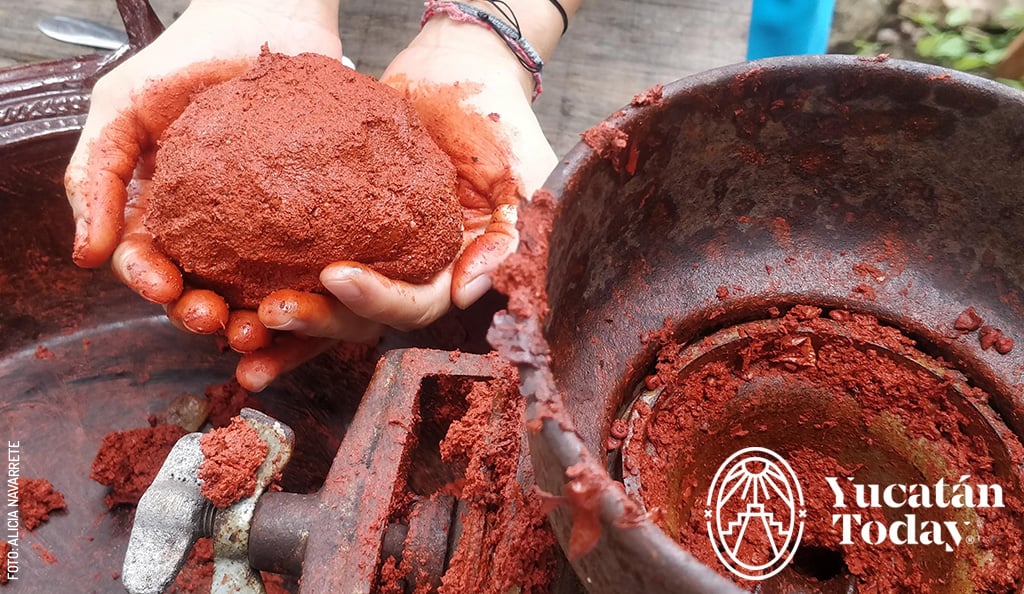
For centuries, the Maya used achiote seeds not just as a culinary spice, but also as a remedy in traditional medicine, as a dye for textiles, and even as a paste for body paint in rituals. In his famous work, Relación de las Cosas de Yucatán, Friar Diego de Landa noted that Maya men and women applied colored ointments—likely made from achiote—to paint their faces and bodies as a mark of distinction.
The friar also provided one of the earliest descriptions of achiote on the Península:
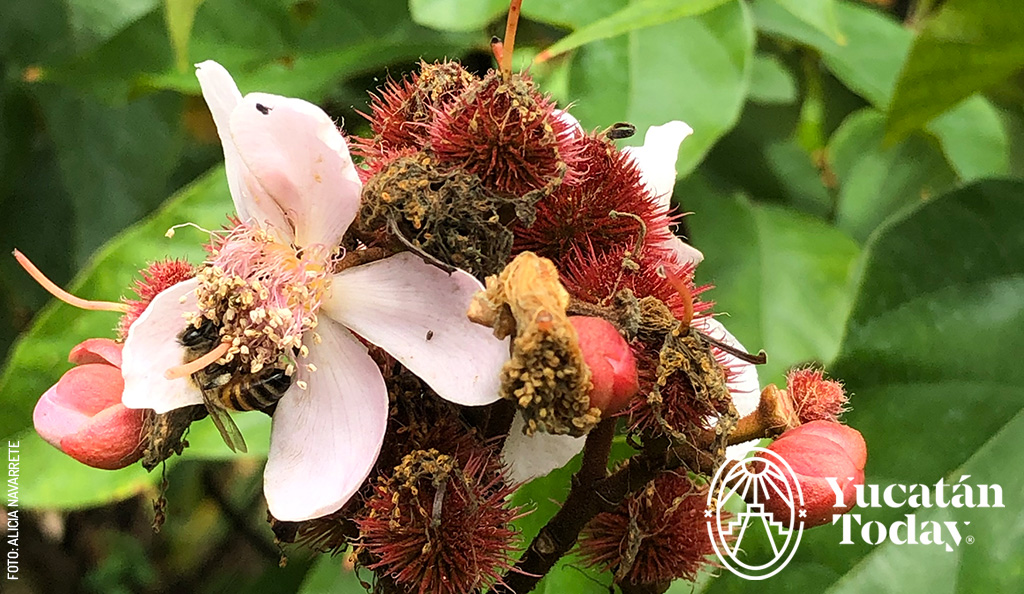
"There is a small tree that the Indians usually raise in their houses... They open when ripe and contain small grains of which even the Spaniards use to give color to stews, as saffron does, and [it is] such a fine color that it stains greatly."
De Landa’s chronicle demonstrates how this spice fascinated the Spanish. It was most likely the convergence of local and foreign flavors that began to define the Yucatecan cuisine we know today.
Nourishing the body and soul
The Books of Chilam Balam are compilations of religious, mythical, and prophetic writings from different times. Considered the sacred texts of the Yucatecan Maya, they were penned by educated Maya scribes after the arrival of the Spanish.
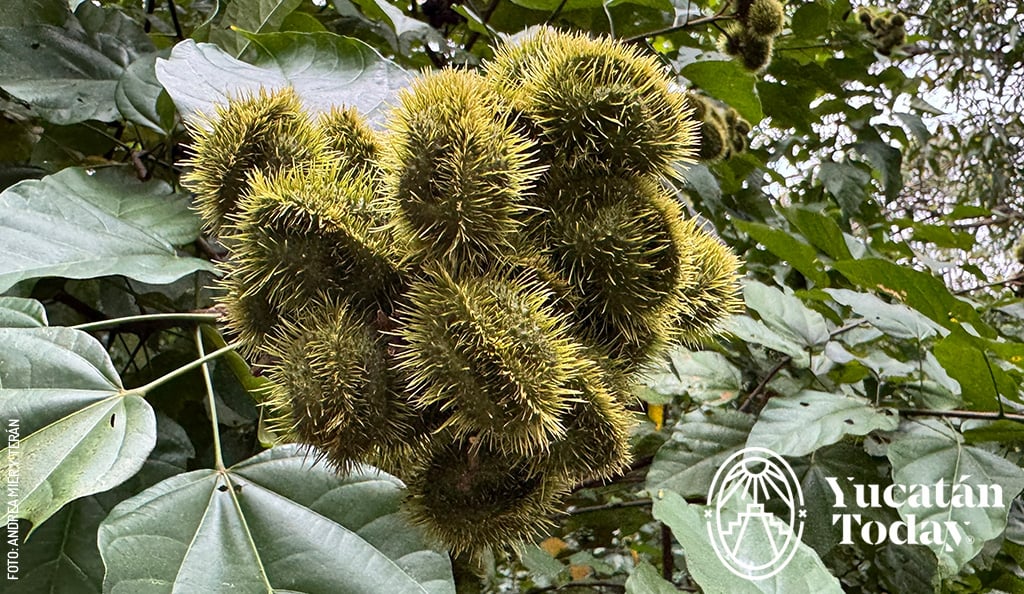
In the Chilam Balam of Ixil, one of the most important texts, achiote is highlighted as a plant of great medicinal importance:
"The cure for nocturnal fever... one will take ib can (lima beans), coral or ix kuxub can, and kuxub (achiote) buds. Everything will be cooked and the patient will be washed with this decoction."
"The cure for urinary illness... A little kuxub (achiote) is taken, mixed with chile ah max, and given to drink."
Another sacred text, the Ritual of the Bacabs, mentions using tender achiote seeds to treat venereal diseases. In its prophecies, the scribe associates the achiote’s red color with the four drops of blood that gave rise to the universe’s creation.
The text makes it very clear that achiote is a sacred spice. Its red color, associated with the East in Mesoamerican Maya codes, symbolizes protection against the "evil winds." By incorporating this ritual condiment into the kitchen, the protection and guidance of ancestors are invoked. The scents, flavors, and textures that feed our bodies also nourish the spirit, transforming the memory of a glorious past into a dish right before us.
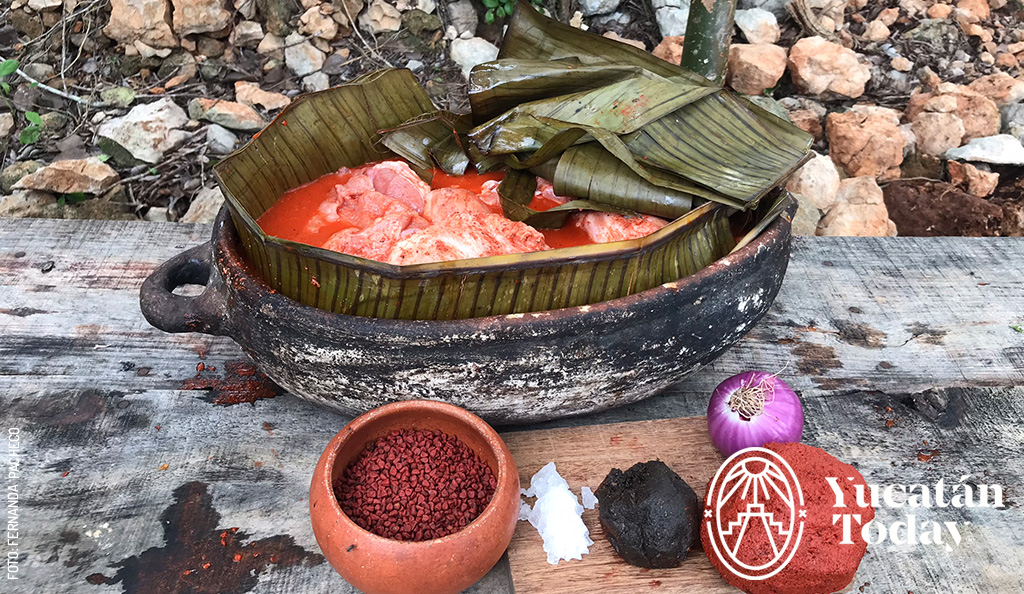
Yucatán Peninsula’s modern cuisine remains filled with millennial flavors and ingredients. Many stews have preserved their Maya essence because the region maintains the cultivation of ancient vegetables like achiote and preserves the original preparation methods.
Achiote, without a doubt, is a part of this legacy and will continue to stain red delicacies like cochinita pibil, tamales, pibes or mukbilpollos, tikin xik fish, makum, and k’oles (stews or broths).
Learn more about Yucatecan seasonings (or condiments):
- The Mystic World of Recados (Yucatecan Seasonings)
- Spice up Your Life With Yucatán’s Flavorful Recados
- Recado Negro: The Ancestral Art of Fire, Smoke, and Maya Memory that Defines Yucatecan Cuisine
First published in Yucatán Today print and digital magazine no. 455, in November 2025.

Author: Leobardo Cox Tec
A cultural manager, gastronome, photographer, and writer from Yaxcabá. Through his work, he specializes in promoting the cultural and natural heritage of the state of Yucatán, sharing the stories of its towns and their traditions.
In love with Yucatán? Get the best of Yucatán Today in your email.
Don't miss our best articles and the monthly digital edition before anyone else.
Related articles
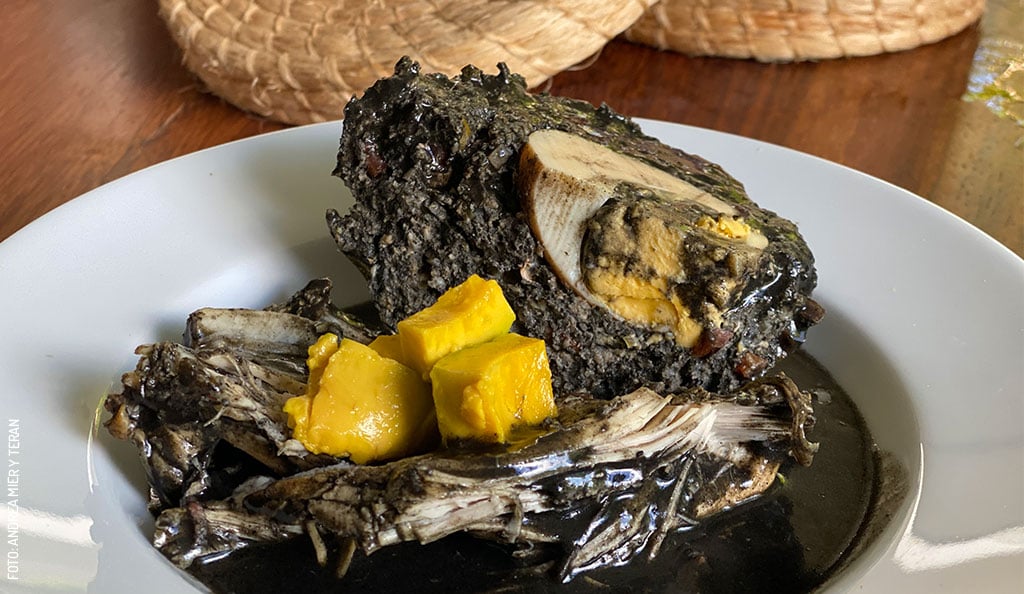
Recado Negro: The Ancestral Art of Fire, Smoke, and Maya Memory that...
Discover the Recado Negro (Black Seasoning Paste): the ancestral Yucatecan marinade made from fire-roasted (or charred) chiles. Learn about its Mayan...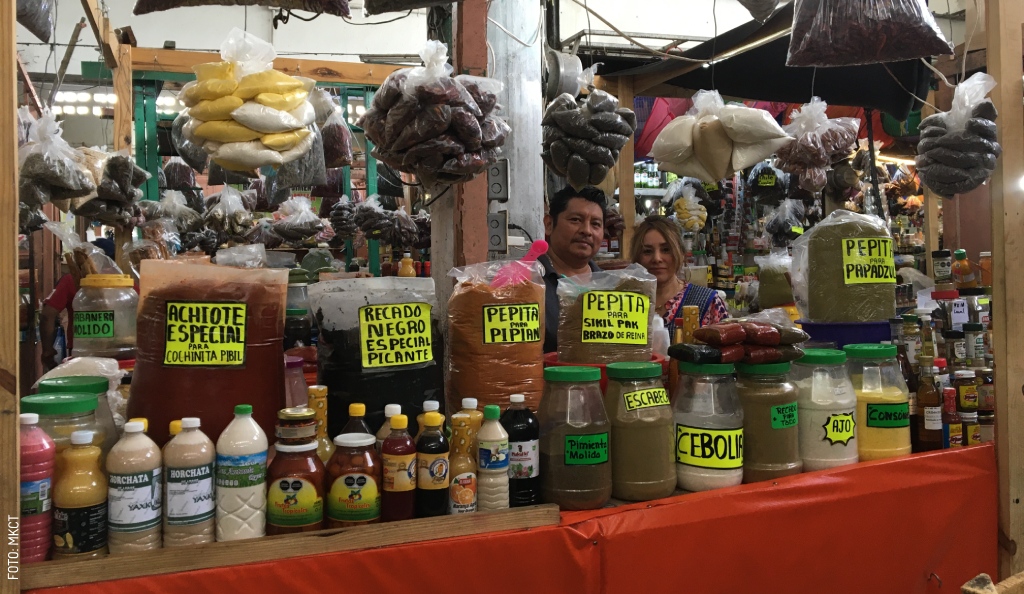
The Mystic World of Recados (Yucatecan Seasonings)
The magic and mystery of gastronomy, learn about the types of recado in Yucatán, where to get them, and learn to make them yourself.